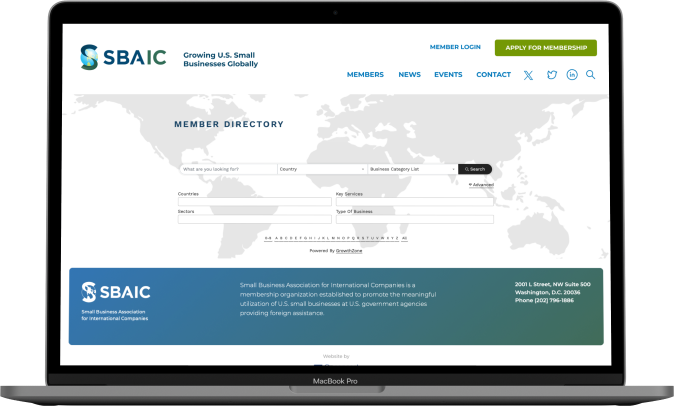Knowledge Management has been a hot topic for awhile, especially in the Government and in light of open data and data driven metrics for decision making. This all sounds great, but more than once, I have been asked to  translate all this jargony speak into human speak. What is knowledge management and what does it look like?
translate all this jargony speak into human speak. What is knowledge management and what does it look like?
Instead of giving you definitions, I want to walk you through the knowledge management process, from the perspective of a normal organization. But before we start, think to yourself, "What is the purpose of knowledge management? Keep that answer in mind as we walk through.
Step 1: Generate
Companies generate (create, locate, improve) data, through meetings, calls, evaluations, reports, trips, surveys, twitter posts, conferences, pretty much everything they do.
Step 2: Capture
Some of that data is captured as information sometimes formally in reports, documents, and databases, other times informally in email inboxes, community of practice discussions, notes, and in memories of conversations in the hallway.
Step 3: Archive
Official information is archived, such as categorized in libraries, filing systems, and databases.
Step 4: Find and Step 5: Inform
However, to turn that information to knowledge, the information first has to be FOUND and second, it has to be used to INFORM new decisions.
Much of the time, to make the information useful to inform new decisions outside the original context, someone has to perform an analysis. This analysis step is only possible if the data and information are available through the previous steps.
Companies can do a lot to make this analysis easier and more accessible through structuring and formatting their KM systems (such as through dashboards, mapping, and visualizations) using open data standards.
Summary
Knowledge management is about creating systems to allow the generation, capture and archival of data and information, so that it can be efficiently found and used to inform.
The more people unconnected directly to the person who generated the information who can find and use it to inform their decisions, the healthier the system.







